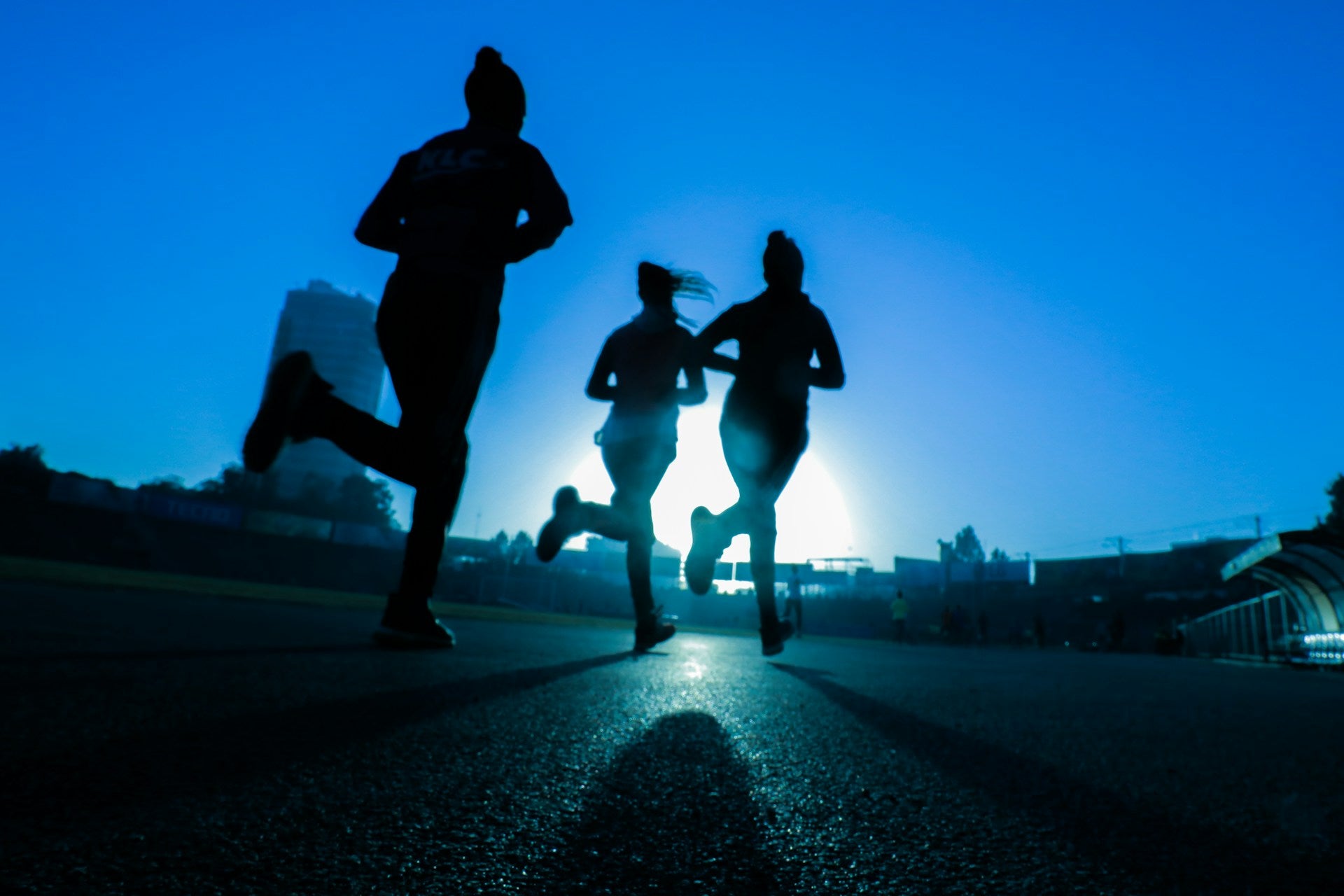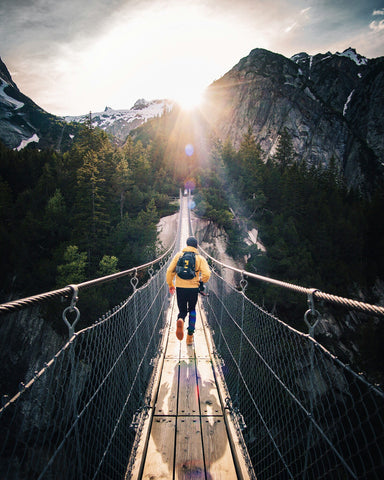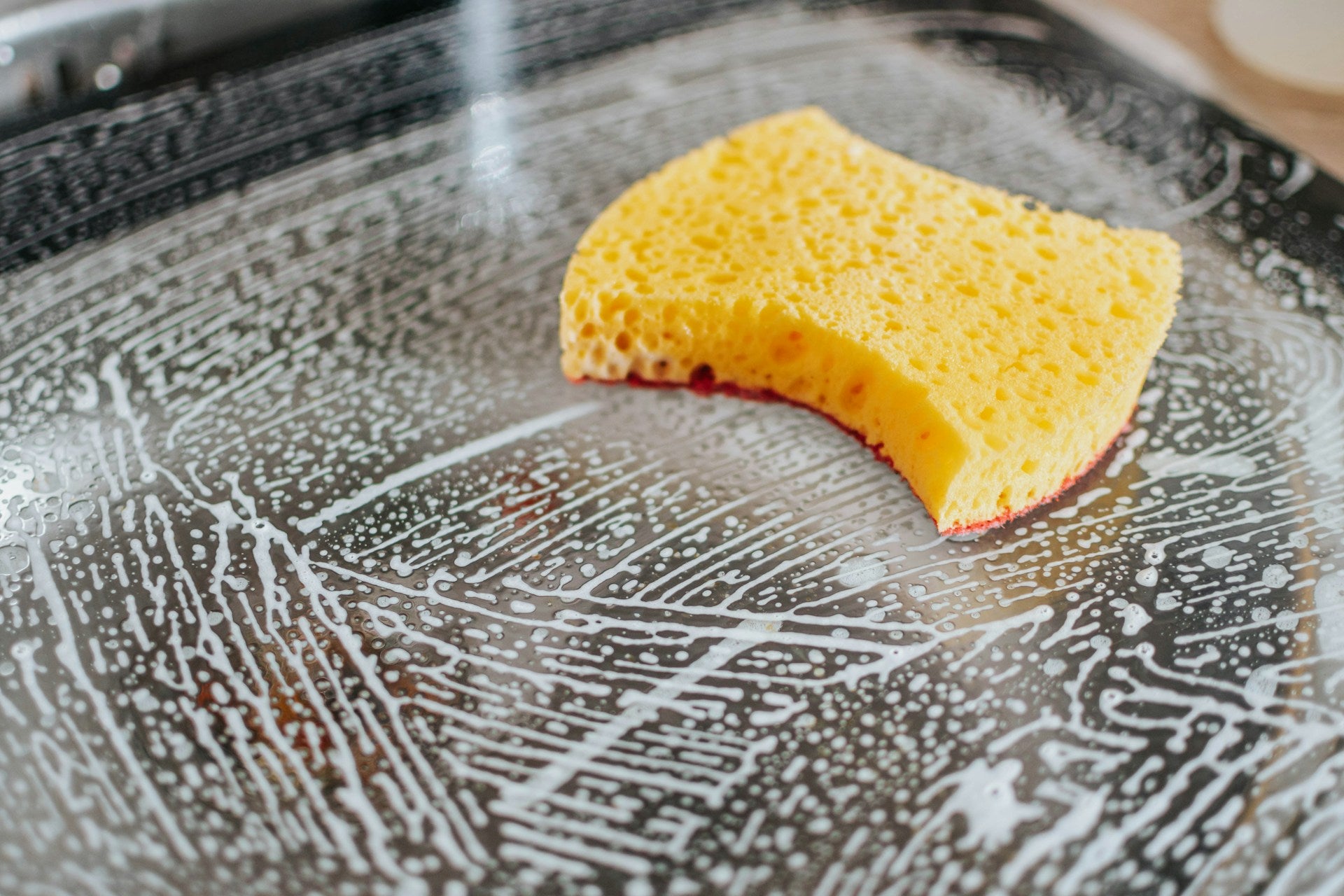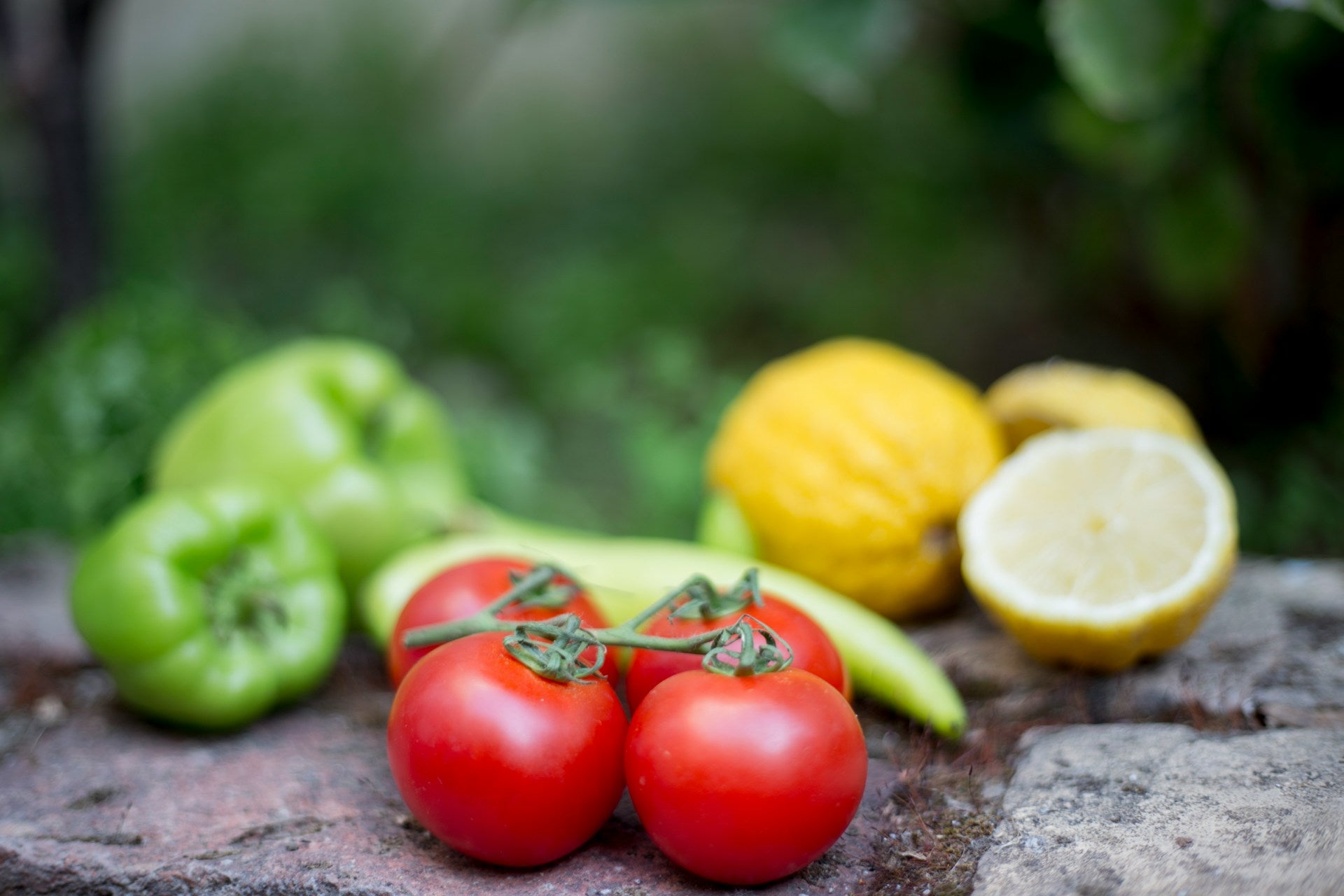Springtime Strategies for Allergy Management and Outdoor Exercise

As the frost of winter melts away, the budding leaves and blooming flowers herald the arrival of spring—a season celebrated for its beauty and vibrancy. However, for many individuals, this season also brings the challenge of dealing with seasonal allergies. Pollen, mold spores, and other allergens fill the air, potentially turning every outdoor activity into an ordeal. For those who enjoy being active outdoors, understanding and managing these allergies is crucial. Effective management not only helps maintain an active lifestyle but also ensures that spring remains a season to enjoy rather than endure.
Understanding Spring Allergies
Common Allergens in Spring
The primary culprits of springtime allergies are pollen and mold. Pollen is released by trees, grasses, and weeds as part of their reproductive process. Mold spores, on the other hand, thrive in damp, warm places, increasing in concentration as temperatures rise. These allergens are microscopic and airborne, making them easy to inhale or attach to hair, skin, and clothing.
How Allergens Affect the Body
When these allergens enter the body through the nose or mouth, the immune system may mistakenly identify them as threats, triggering an allergic reaction. This reaction involves the release of histamines and other chemicals, leading to inflammation and swelling of the nasal passages, along with other symptoms.
Symptoms Impacting Outdoor Activities
The typical symptoms of spring allergies include:
- Sneezing: Often uncontrollable and frequent, disrupting concentration and physical stability.
- Nasal congestion: Makes breathing difficult, particularly during cardiovascular activities like running or cycling.
- Itchy, watery eyes: Can be distracting and impair vision, which is problematic for those engaging in sports requiring sharp visual acuity.
- General fatigue: A less obvious symptom, but equally debilitating, making it hard to motivate oneself to exercise.

Preventative Measures and Treatments
Minimizing Exposure to Allergens
- Check Pollen Counts: Many weather services provide daily pollen forecasts. Plan outdoor activities when counts are lower, typically on rainy, cloudy, or windless days.
- Choose the Right Time and Place: Early morning or late evening tends to have lower pollen levels. Also, locations away from open fields or heavy vegetation can reduce exposure.
- Protective Gear: Wearing sunglasses can help shield eyes from allergens. Similarly, a hat or a bandana over the hair can reduce the amount of pollen that gets trapped.
Medical Treatments
- Antihistamines: These are the frontline treatment for allergy symptoms, helping to reduce sneezing, runny nose, and itchiness.
- Nasal Sprays: Steroid nasal sprays can reduce inflammation in the nasal passages and are often used for more severe symptoms.
- Alternative Therapies: Some find relief through natural remedies such as neti pots for nasal irrigation, or incorporating local honey into their diet, which some believe can help build tolerance to local pollen.
Tailoring Your Exercise Routine
Outdoor Activities
Choosing the ideal time and location for outdoor exercises can significantly mitigate allergy symptoms. Activities like yoga, stretching, or light jogging can be more manageable when planned correctly regarding time and place.
Indoor Alternatives
On days when pollen counts are high, shifting exercise indoors can be a wise decision. Indoor activities such as gym workouts, swimming, or dance classes can keep fitness routines on track without the discomfort of allergy symptoms.
Spring allergies should not be a barrier to enjoying and maintaining an active lifestyle. By understanding the allergens, recognizing the symptoms, and effectively managing your exposure, you can still embrace the joy of spring. Remember, the goal is to adapt your activities and treatments as needed so that you can continue to thrive outdoors, even during allergy season. Let this spring be a time of renewal and health, not just for nature, but for you as well.





Comments